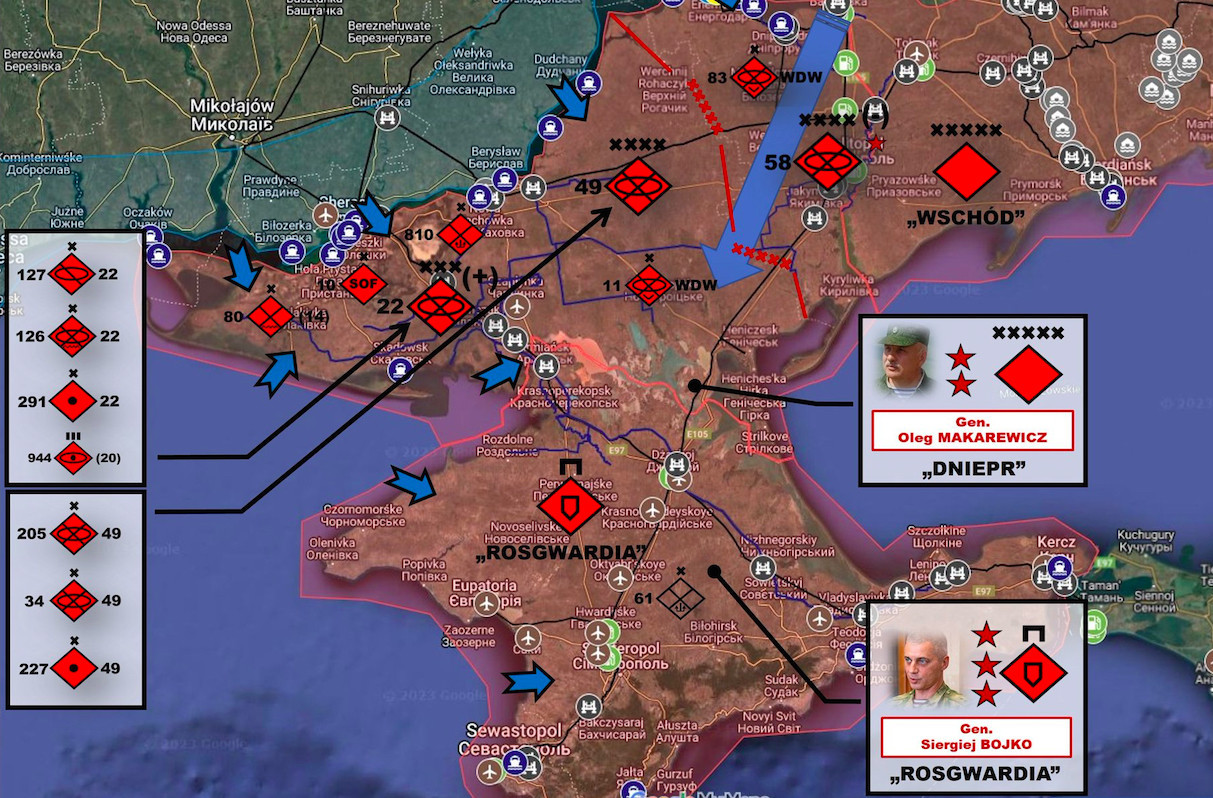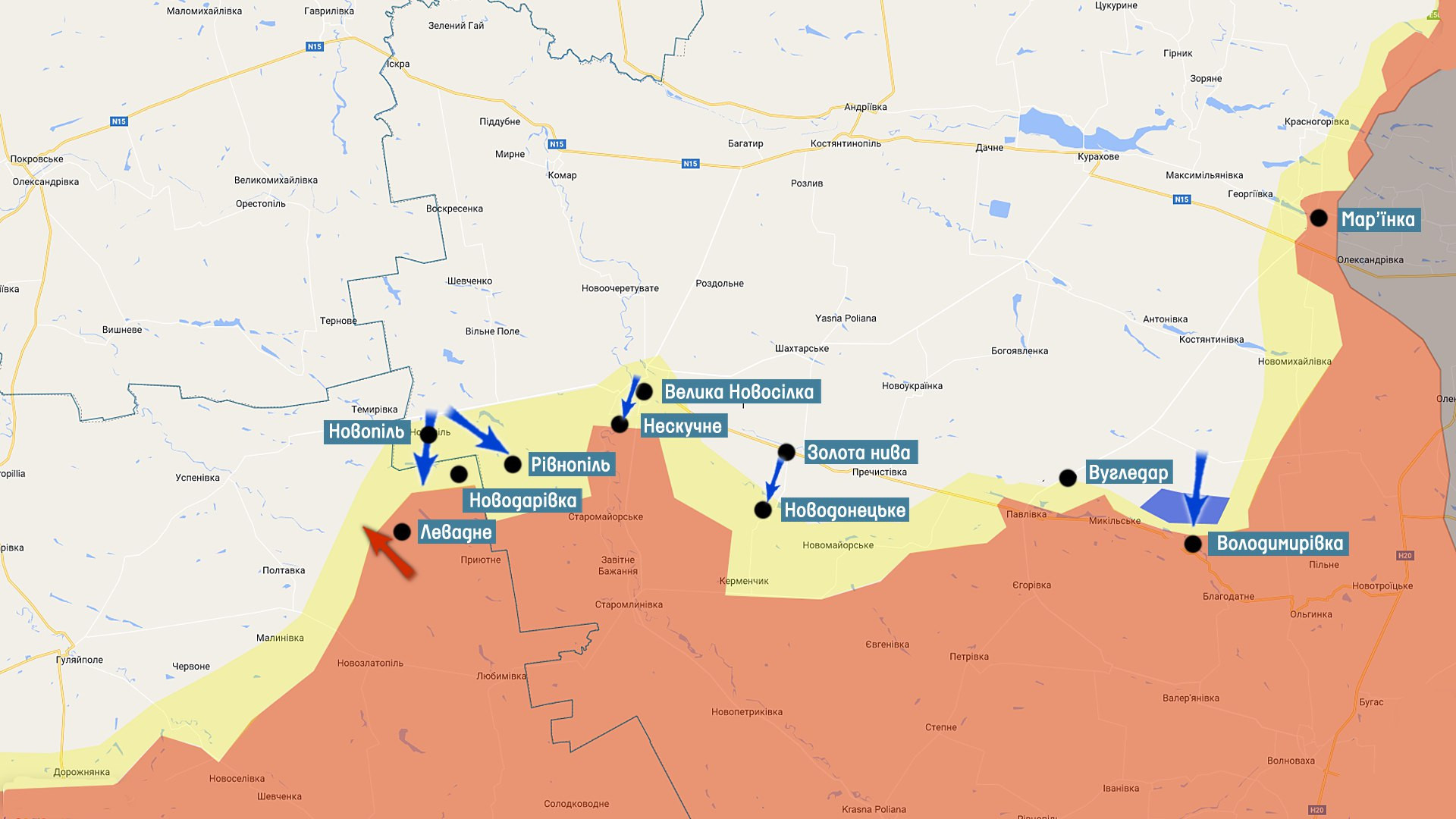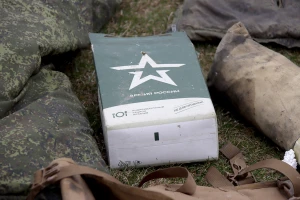
Russia uses hybrid approach in posing potential nuclear disaster by targeting Kakhovka dam. Military expert Serhiy Zgurets
Recognizing their inability to hold territory amidst the Ukrainian Armed Forces' offensive, the Russian Federation resorts to causing maximum harm to Ukraine. This includes implementing scorched earth and flooding tactics, leading to an immense man-made catastrophe that poses a direct threat to the Zaporizhzhia NPP
The Kakhovka Hydroelectric Power Plant dam explosion
Yesterday, on June 6, the Russian occupying forces deliberately blew up the dam of the Kakhovka HPP. This action violates the Geneva Convention, which prohibits initiating hostilities. It is a severe war crime committed by the Russian Federation. Our intelligence warned about the possibility of such an attack as early as last fall, but we hoped it wouldn't happen. This is because the water from the Kakhovka reservoir flows through the South Crimean Canal to occupied Crimea. However, the occupiers chose to carry out this act of terror, and it was premeditated.
It's important to note that a month ago, the Russians moved their troops and equipment to the left bank of the Kherson region. They even abandoned their prepared defense lines. This means they were preparing for something, and now these trenches will be flooded. Additionally, from April to May, the water level in the reservoir behind the Kakhovka dam was at a historically high level before it was destroyed. This shows that Russia, which controlled the locks on the eastern bank of the hydroelectric power station, deliberately raised the water level to cause maximum destruction. It was a planned action. The Russian military carried out the detonation by placing explosives, as they had control over all the structures of the HPP. Undoubtedly, the order to detonate came from the highest military-political level in the aggressor country.
What is the cause and effect of these actions? In my opinion, Russia has a plan with multiple parts, like a Russian doll. First, they know they won't be able to hold the territory against the advancing Ukrainian Armed Forces, so they resort to causing maximum damage to Ukraine. This leads to scorched earth tactics. They also want to intimidate their enemy, and this large-scale disaster is connected to the threat to the Zaporizhzhia Nuclear Power Plant. In a hybrid approach, Russia is creating a new nuclear catastrophe threat.
Similar acts of terrorism, like dam explosions, have happened before in Russian history. During World War II, in August 1941, the guards at the Dnipro Hydroelectric Power Plant, who were part of the Soviet secret police, disabled the equipment and blew up the dam.
Vasyl Pavlov, a military historian and the head of the expert group on internal communications, points out that blowing up dams and destroying hydraulic structures is not uncommon in the history of 20th-century warfare. Soviet troops did it in Ukraine in 1941, and the retreating Nazi occupation forces also blew up the Dnipro Hydroelectric Power Plant dam in 1943. In the defense of Kyiv in 1941, the dam on the Irpin River was also blown up. In 2022, the Ukrainian Armed Forces, while defending Kyiv, blew up the dam on the Irpin River. We should understand that what may seem like a crime can be seen as a reasonable counterattack in certain circumstances. Therefore, when using historical analogies, one must be cautious not to fall into one's own trap.
Pavlov suggests that the powerful nighttime attack on Kyiv was likely aimed not only at intimidating the residents but also at striking the Kyiv Hydroelectric Power Plant. If the Russians managed to collapse two dams simultaneously, as the strikes were synchronized, it would create a wave of destruction, similar to what Soviet military theory described as an element of NATO countermeasures. This means that destroying the entire cascade of hydroelectric power plants and creating an impassable contaminated area was intended to prevent any advancement to the left bank of the Dnipro River. Therefore, we must consider all these elements as interconnected.
The expert believes that the dam explosion is meant to pressure global society into taking action, a form of coercion for peace. However, Ukraine, the Ukrainian military leadership, and the global community will not agree to this, as the actions of the Russian Federation are considered terrorism and blackmail.
The military historian highlighted the situation at the Zaporizhzhia Nuclear Power Plant (ZNPP) as another example. If any harmful action is taken against the ZNPP, it would indicate that the enemy has no interest in that area. The potential threats to the ZNPP, the draining of Crimea, the destruction of irrigation systems in southern Ukraine, and leaving Berdyansk without water are clear signs that the Russians do not want these territories. They are unable to hold them, so they are resorting to scorched earth tactics to hinder Ukraine's progress. This could be one of Russia's strategies: if capturing Ukraine is not possible, they aim to make the territory inhospitable. We should be prepared for the enemy to destroy everything during their retreat.
In summary, from a military perspective, it can be assumed that Russia fears the possibility of Ukrainian forces moving from the right bank to the left during a large-scale offensive, such as crossing the Dnipro River or utilizing the Nova Kakhovka dam. It's important to note that one of the Russian groups currently holds the left bank of the Kherson region, spanning around 230 km. They have mechanized brigades, artillery units, and special operations forces stationed there. The enemy might hope that flooding the Dnipro will shield them from a potential Ukrainian attack, which could prompt them to transfer some of their forces to the Zaporizhzhia area where they have already constructed kilometers of trenches.

To counter the enemy's false hopes, the strategic communications department of the Ukrainian Armed Forces stated today that the Russians' destruction of the Kakhovka HPP will not hinder the Defense Forces' ongoing efforts to free the occupied areas. They emphasized that Ukraine possesses the necessary watercraft and pontoon-bridge crossings to overcome water obstacles. Russia's actions will not halt the determined Defense Forces of Ukraine, who are prepared to liberate the occupied territories. Despite the immense challenges posed by this man-made disaster, the Ukrainian army's ability to plan and execute large-scale offensives across the entire front line remains unaffected.
Zaporizhzhia front
Kostyantyn Denysov, a fighter from the Freedom Legion, reported that the situation in Zaporizhzhia is tense, with ongoing and frequent battles. The occupiers persistently unleash artillery fire while utilizing aircraft and armored vehicles. Several communities are under the constant threat of targeted aerial bomb attacks. It seems as if the enemy has an endless supply of shells. However, during the past week, Ukrainian defenders successfully targeted enemy warehouses in the temporarily occupied territory.
Denysov mentioned that the enemy is using drones for aerial surveillance and has a large number of them. They have set up facilities in the occupied territory to maintain and enhance their drones. The Russian troops are actively deploying drones and using artillery to protect them. The enemy units and electronic warfare installations in Zaporizhzhia interfere with and disable our drones.

Denysov emphasized the need for moral and psychological assistance to Ukrainian fighters. Many of them are dealing with injuries and enduring continuous stress. They require psychological rehabilitation and support. Unfortunately, in Zaporizhzhia, there is a shortage of specialists who can offer psychological assistance to military personnel during combat. Furthermore, the soldiers are constantly subjected to enemy artillery attacks.
- News














































